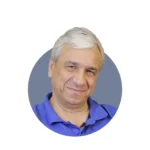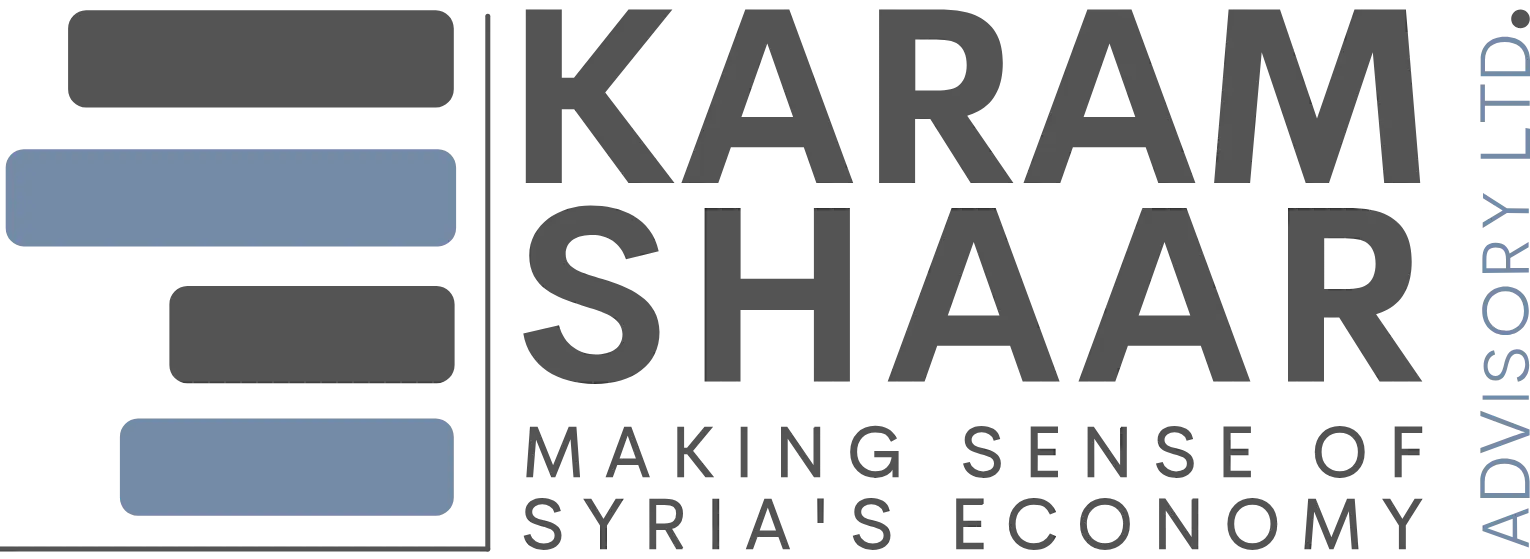Interview: Andrea Quaden, Executive Director, Aid Fund for Syria (AFS)
- Issue 9

The Aid Fund for Syria expanded from the northwest to formerly regime-held areas after Assad’s fall, aiming to localize aid in support of early recovery. Emphasizing its apolitical approach, it faces funding cuts and sanctions hurdles.
What is the Aid Fund for Syria, and what led to its recent transformation?
The Aid Fund for Syria (AFS) evolved from the Aid Fund for Northern Syria (AFNS), a multi-donor pooled fund established in late 2022 with support from Germany, the US, the UK, and France. AFNS was created as a contingency mechanism for the UN OCHA Syria Cross-Border Humanitarian Fund, in anticipation that the UN’s cross-border access might be revoked or politicized—a concern that materialized in July 2023 due to Russian opposition at the UN Security Council.
AFNS sought to channel funding outside of UN frameworks, prioritize early recovery, and promote localization. Following the fall of the [Assad] regime on 8 December 2024, AFNS expanded into AFS, with a nationwide mandate. It now supports Humanitarian-Development-Peace programming and aims to become a fully localized fund that places Syrian actors at the center of both delivery and decision-making.
What do you mean by “localization,” and how is AFS putting this into practice?
Localization goes beyond partnering with big national NGOs. It’s about empowering community-based local actors such as women-led organizations, neighborhood initiatives, and emerging civil society organizations (CSOs) that are closest to the community. However, these local groups often lack the capacity to absorb larger grants, which has historically made them more challenging to work with in the Syrian context. That’s why we use an “anchor organization” model: a trusted national partner channels funds and supports smaller CSOs in designing and implementing projects. This keeps the process locally driven, and transfers leadership and ownership while avoiding costly international intermediaries.
We’re also reforming our governance structure, which has historically been dominated by international NGOs (INGOs) from the northwest. We plan to launch a process to make it more representative of Syria as a whole. The aim is to give a stronger voice to diverse communities and platforms across the country. For us, localization means shifting both funding and decision-making power to Syrians themselves.
How do sanctions affect your operations, especially regarding fund transfers?
Sanctions are a major concern, but we have a strong risk management framework adapted to Syria. AFS finances humanitarian activities that are permitted under Syria sanctions regulations. Since our inception we have been working with partners that are registered in Türkiye and transfer money into Syria using the Turkish Post (PTT), which has branches in the north of Syria. As we expand our scope beyond northern Syria, we and our partners are exploring additional compliant channels for transferring money across the country.
Who are your current donors, and how are they involved in the AFS governance?
Our donors include the UK, US, Germany, France, the Netherlands, Qatar, and Jersey (UK Crown Dependency). Together, they’ve contributed over USD 110 million since the start of our operations. The fund is governed by a Steering Board composed of three donors (UK, US, and a seat shared by Germany and France), three INGOs, and three national NGOs. I serve as the Executive Director, but decision-making lies with the Board.
Unfortunately, due to the American [Trump] administration’s funding cuts, we recently lost about USD 6 million in US support. These cuts affected one of our key allocation envelopes focused on piloting the anchor organization model for localization. We prioritized urgent multi-sectoral humanitarian interventions for displaced people and in areas not accessible to us before the fall of the regime. The larger challenge now is planning: we no longer have multi-year visibility, especially due to the current funding environment. This affects both staff planning and our ability to support local partners long-term.
Could reconstruction funds counterbalance declining humanitarian aid? Are donors more inclined to support early recovery today?
Even within the context of US funding cuts, no significant donor surge has occurred. The overall aid trend remains downward. Events like the 2023 earthquake triggered a temporary spike in funding. But structurally, support for Syria has been in a steady decline for years. Western donors are under increasing fiscal pressure, and although Syria remains on their radar, it now competes with multiple global crises.
Look at what happened in Brussels: all the announced funding created the impression of a renewed commitment. But anyone who has worked in this space knows that much of that money isn’t actually new. It’s often loaned, rebranded, or recycled, and most of it is earmarked for the Syria response broadly, not necessarily for the areas or priorities most in need.
Gulf donors are playing a growing role, with a current focus on reconstruction and state-led efforts. There may be opportunities ahead to engage them more around humanitarian and recovery priorities.
How do you distinguish between aid, early recovery, and reconstruction?
Even before the regime fell, we were pushing the envelope on early recovery within the Humanitarian Response Plan. For example, we allowed 24-month project durations and funded system-strengthening initiatives like blood banks, projects not classically funded by humanitarian donors. After 8 December [2024], we’ve taken this further with area-based interventions like supporting the reconstruction of Marat al-Numan Hospital, improving the surrounding infrastructure and services. Projects are not designed top-down; instead, we take a bottom-up approach, with our partners co-designing projects alongside communities to ensure relevance and sustainability.
Do you work with the UN or coordinate with their operations?
Historically, our relationship with UN agencies like OCHA was strong, though sometimes challenging. AFNS was designed as a contingency mechanism for the OCHA Syria Cross-Border Pooled Fund. We have been coordinating with the cluster system and adhere to the Humanitarian Response Plan.
Now, with the new political landscape, we aim to redefine our role as a complementary actor. We coordinate with a range of actors (such as the UN, bilateral donors, the Syrian Recovery Trust Fund, line ministries, and technical bodies) to avoid duplication and increase impact. It is essential for us to work collaboratively with all actors involved to support Syrians through this critical transition phase.
How are you navigating the politically fragmented recovery landscape and engaging with new authorities in Damascus?
We have always retained our humanitarian mandate and political independence. This is central to our model and a key difference from UN-led or stabilization actors. Our relationship with the new authorities in Damascus is good. We’ve been operating in northern Syria for several years, which has helped us build longstanding relationships with local authorities. Since January [2025], we’ve engaged technically with new ministries, many of which are led by individuals we already know from previous roles and have kept our consultations focused on sectoral matters only.
